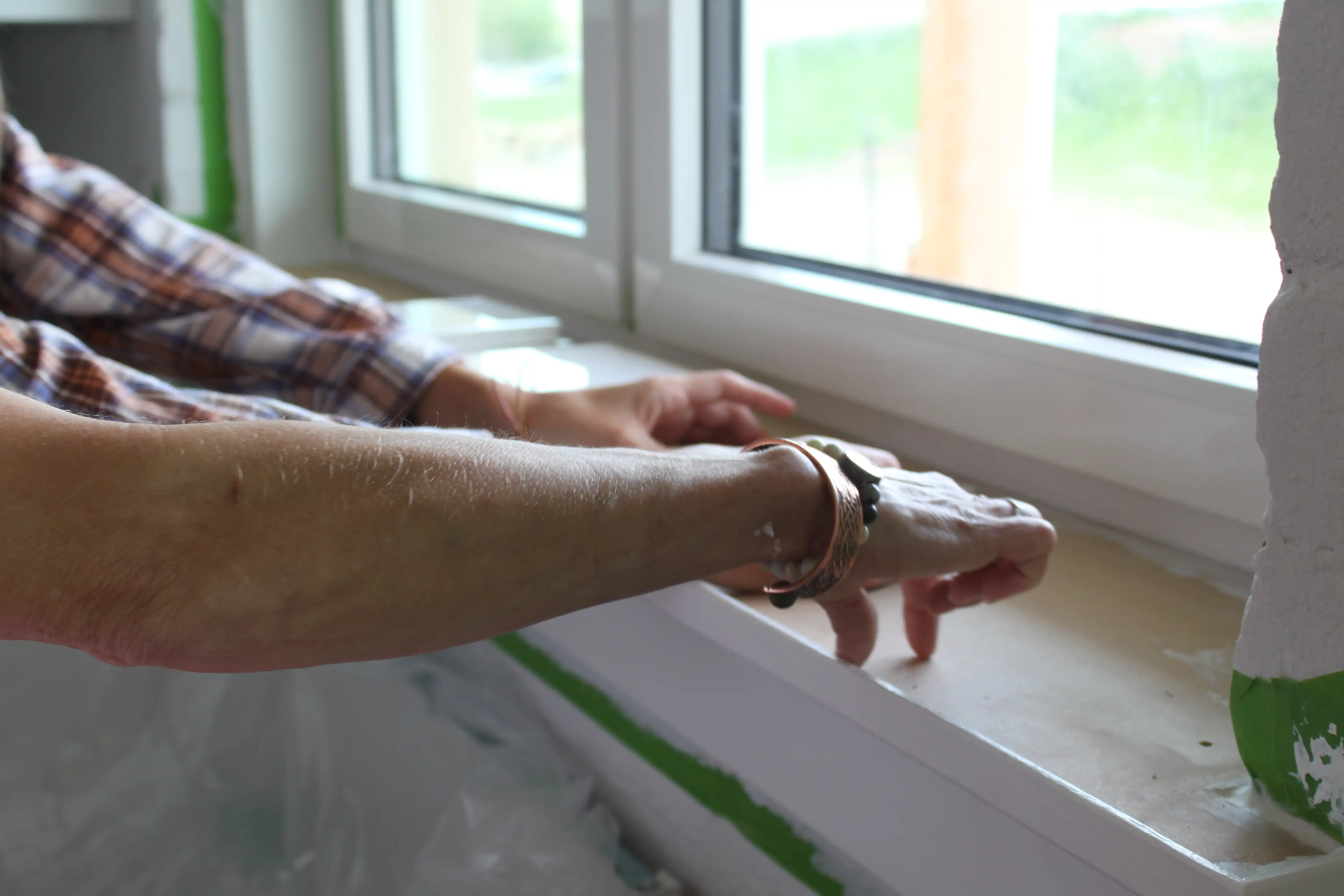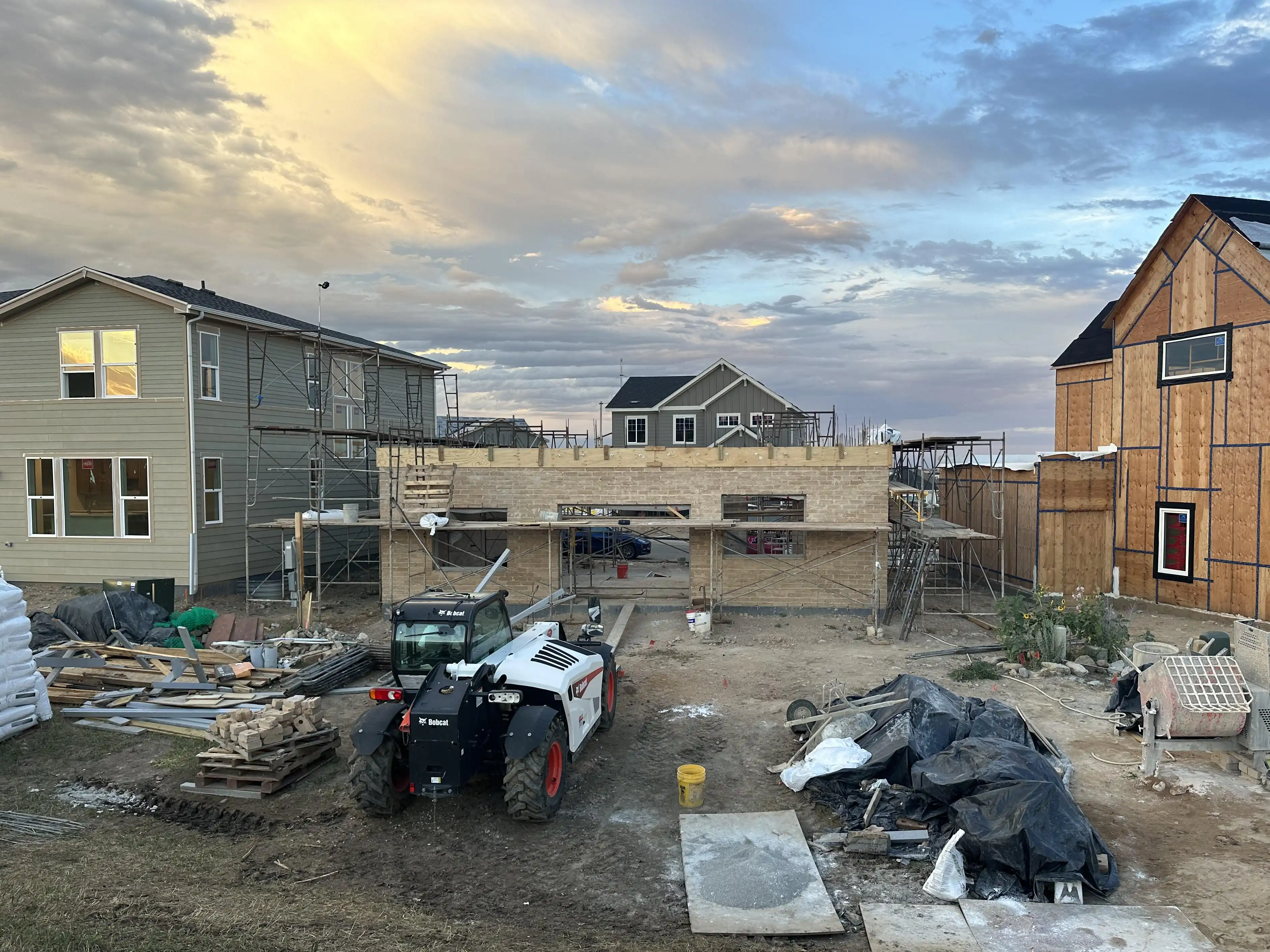Local Building Materials : Better for Your Budget, Health, and Home
When planning a home that reflects your values and works in harmony with its surroundings, the materials you choose matter. More homeowners, builders, and designers are turning to local building materials as a practical, sustainable, and cost-effective alternative to mainstream products. Whether you're building a custom home from the ground up or renovating an existing structure, sourcing materials locally can have wide-reaching benefits for your budget, your health, and your community.
What Are Local Building Materials?

Local building materials are those sourced from within your region - sometimes from within just a few miles of the building site. They include natural materials like stone, clay, sand, lime, timber, and even agricultural byproducts such as straw or hemp. In many cases, they are processed or manufactured locally as well, which keeps your supply chain short and traceable.
Compressed Earth Blocks (CEBs) are a prime example. Often made from overburden fines from nearby quarries or even from site soil (if it meets certain criteria), CEBs are both a local building material and a structural one - meaning they form the structural walls of your home without needing additional framing.
Benefits of Using Local Building Materials

Lower Transportation Costs: The farther a material travels, the more it costs in both dollars and emissions. By sourcing locally, you're cutting out long-distance shipping and helping reduce your building’s embodied carbon footprint.
Support for Local Economies: Every dollar spent on local building materials supports nearby businesses, manufacturers, and suppliers. This creates jobs in your region and keeps profits circulating within your community.
Climate Compatibility: Materials that come from your region are often better suited to its climate. For example, CEBs perform exceptionally well in hot, dry climates thanks to their thermal mass. Locally sourced clay and lime plasters also age more gracefully in the environments they originate from.
Supply Chain Resilience: As we’ve seen in recent years, global supply chains are vulnerable to disruptions. Relying on imported goods can lead to delays, substitutions, and price spikes. With local sourcing, you gain more control and predictability.
Why Compressed Earth Blocks Are a Standout Local Material
Compressed Earth Blocks are made using a blend of sand, silt, and clay - often stabilized with lime or cement. These materials can typically be found regionally, and many suppliers operate right in the U.S. In Texas, for example, companies like AECT manufacture machines that produce CEBs on-site or nearby. Some builders even use this equipment to become local suppliers themselves.
This makes CEBs not only a local building material, but one that reduces construction waste and transportation impact. Unlike fired bricks or concrete blocks that must be manufactured in energy-intensive plants, CEBs can be made with relatively low energy inputs.

Local Doesn’t Mean Primitive
Sometimes there’s a misconception that using local or natural materials means sacrificing performance or aesthetics. In reality, many local materials outperform their industrial counterparts in areas like breathability, thermal regulation, and indoor air quality.
Plus, because these materials often allow for custom shaping or finishing, they can support a high level of design sophistication. Homes built with local earth blocks or lime plasters often have a warm, tactile beauty that stands apart from standard drywall and cement.
Natural Materials, Regional Wisdom
There’s a long history of people building homes from the land beneath their feet. From adobe structures in the Southwest to rammed earth homes in the Hill Country, local building materials have always offered a sensible, resilient path to home construction. Rediscovering these methods today not only connects us to regional traditions, but also supports a future of regenerative, place-based architecture.
Where to Find Local Building Materials?
Your starting point can be as simple as asking your builder or architect what’s available regionally. Some materials to look for include:
- Clay soil (for CEBs, adobe, or cob)
- Lime (for plaster and mortar)
- Hemp (used in hempcrete or panels)
- Locally milled lumber
- Stone or gravel from nearby quarries
If you’re unsure, there are also growing directories and online platforms that connect buyers with local building materials suppliers across the U.S.:
Find 'Earth Friendly Experts & Natural Building Workshops' in Your Area at https://earth.dev/
Ready to Build with Local Materials?
Choosing local building materials like compressed earth blocks is more than just a design decision - it’s a commitment to quality, sustainability, and community well-being. If you’re curious about how these materials can be used in your home, reach out to start a conversation. We’d love to help you explore the possibilities.